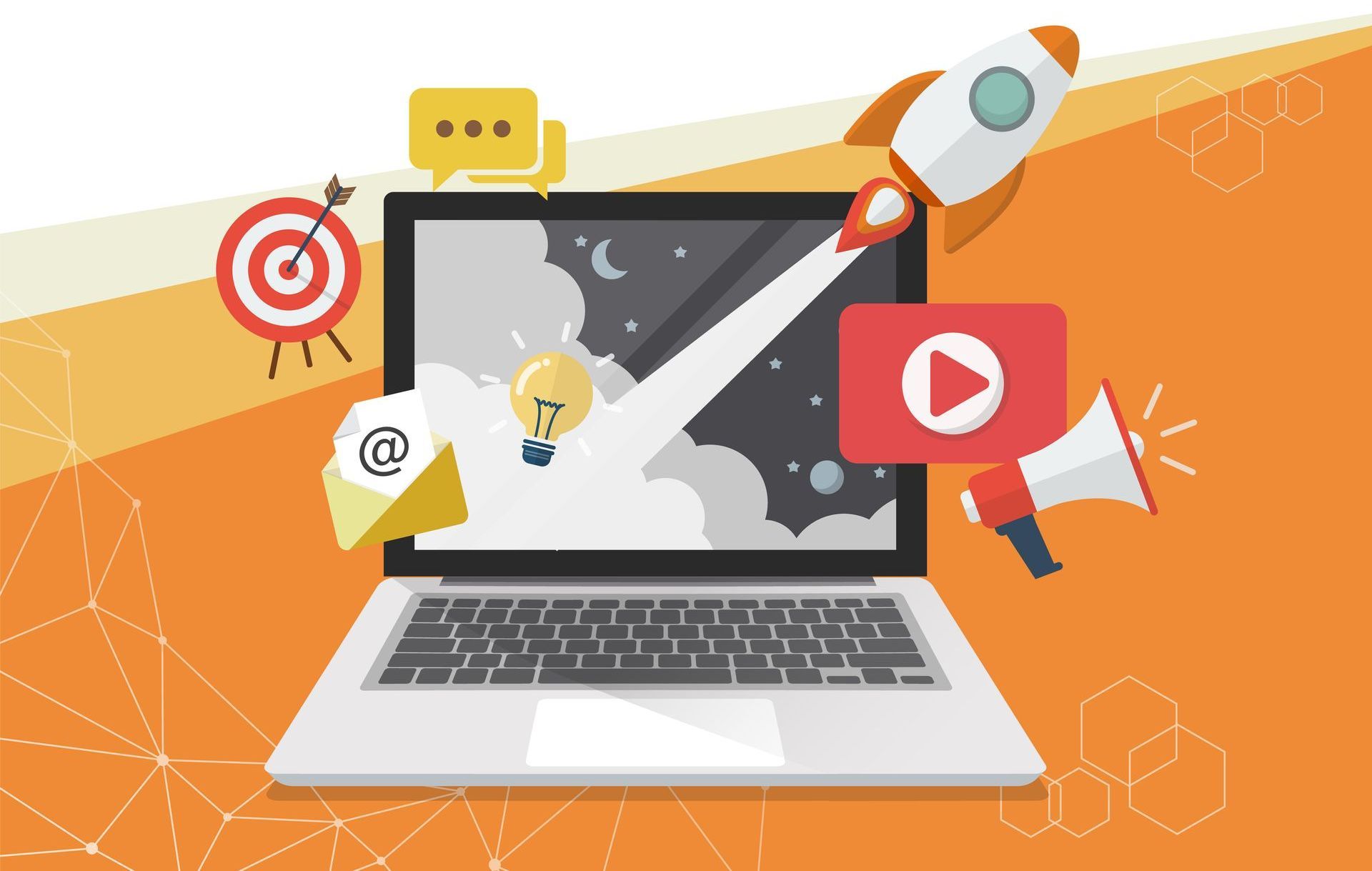5 Essential Elements to Include in Your Next Marketing Campaign
5 Essential Elements to Include in Your Next Marketing Campaign
Looking to launch a successful marketing campaign? Look no further! In this article, we'll outline the 5 essential elements that will take your next marketing campaign to the next level. Whether you're a seasoned marketer or new to the game, these key components will help you achieve your goals and drive results.
First and foremost, a clear and compelling message is crucial. Your campaign should communicate your brand voice and resonate with your target audience. Next, effective targeting is vital for reaching the right people at the right time. By understanding your audience's needs and preferences, you can tailor your campaign to maximise its impact.
Additionally, incorporating visual elements is essential for capturing attention and conveying your message efficiently. Eye-catching visuals and engaging graphics can make your campaign more memorable and shareable.
Furthermore, a strong call-to-action is vital for guiding your audience towards the desired action. Whether it's making a purchase, signing up for a newsletter, or downloading a whitepaper, a compelling call-to-action will drive conversions.
Lastly, tracking and measuring the success of your campaign is crucial for future optimisations. By analysing key metrics and gathering feedback, you can refine your strategies and ensure ongoing success.
So, if you're ready to take your marketing campaign to new heights, keep these 5 essential elements in mind and watch your results soar!
The importance of planning
Planning is the foundation of any successful marketing campaign. It involves thoroughly researching your target audience, setting clear goals, and developing a well-defined strategy. Without proper planning, your campaign is more likely to fall flat and fail to resonate with your audience.
To start, conduct market research to gain insights into your target audience's demographics, preferences, and behaviors. This will help you understand their needs and tailor your campaign accordingly. Additionally, set SMART (Specific, Measurable, Achievable, Relevant, Time-bound) goals to provide a clear direction for your campaign. These goals will guide your decision-making process and ensure your efforts are focused and effective.
Once you have a solid understanding of your audience and clear objectives in place, develop a comprehensive strategy that outlines the tactics and channels you will use to reach your audience. This plan should include a timeline, budget, and key performance indicators (KPIs) to measure success. By taking the time to plan, you'll increase your chances of creating a campaign that resonates with your audience and achieves your desired outcomes.

Conclusion
Launching a successful marketing campaign requires careful planning, a deep understanding of your target audience, compelling messaging and call-to-action, strategic channel selection, creation of compelling content, implementation, tracking and analysis, and ongoing optimisations. By incorporating these 5 essential elements into your next marketing campaign, you'll increase your chances of achieving your goals, driving results, and taking your brand to new heights. So, get started today and watch your campaign soar!














